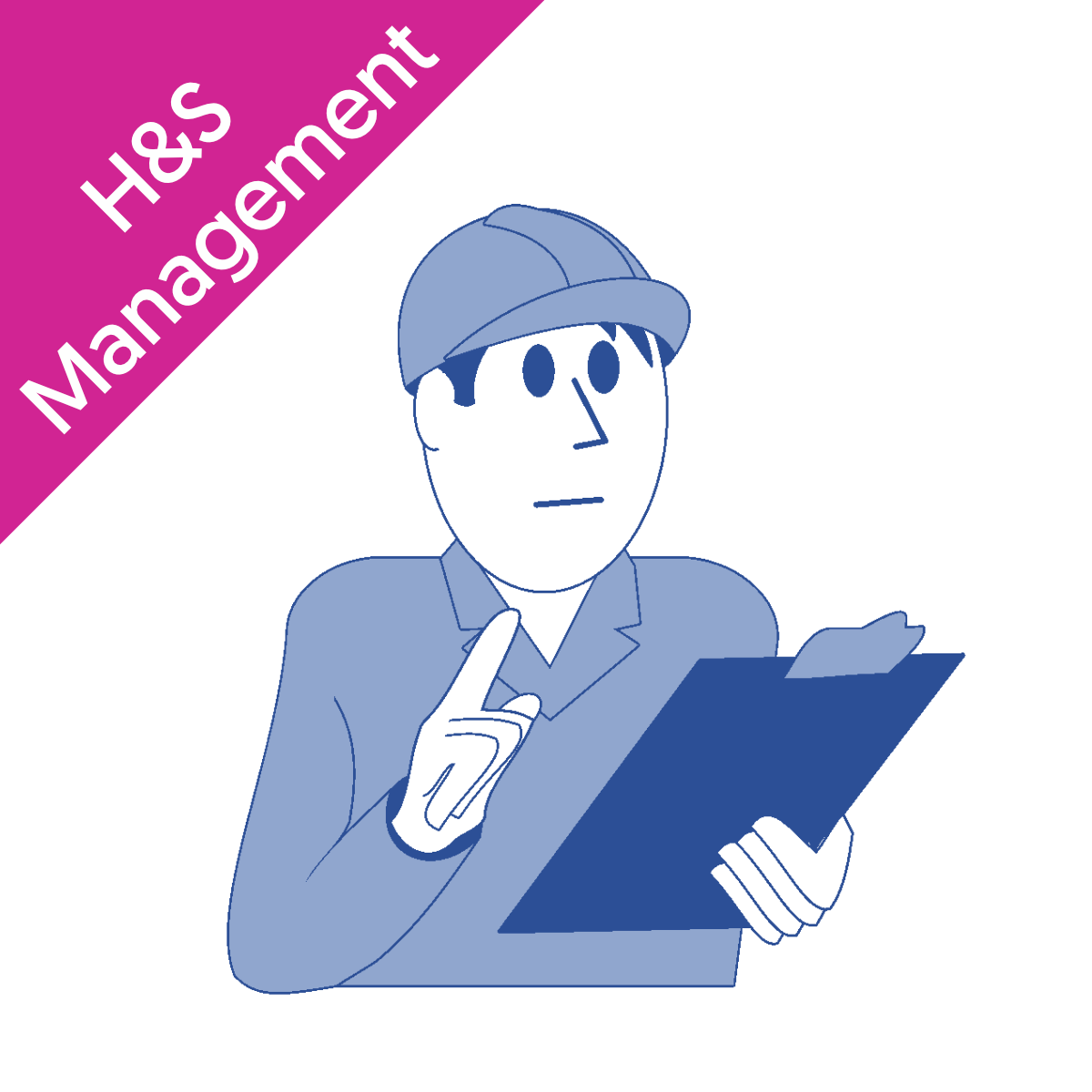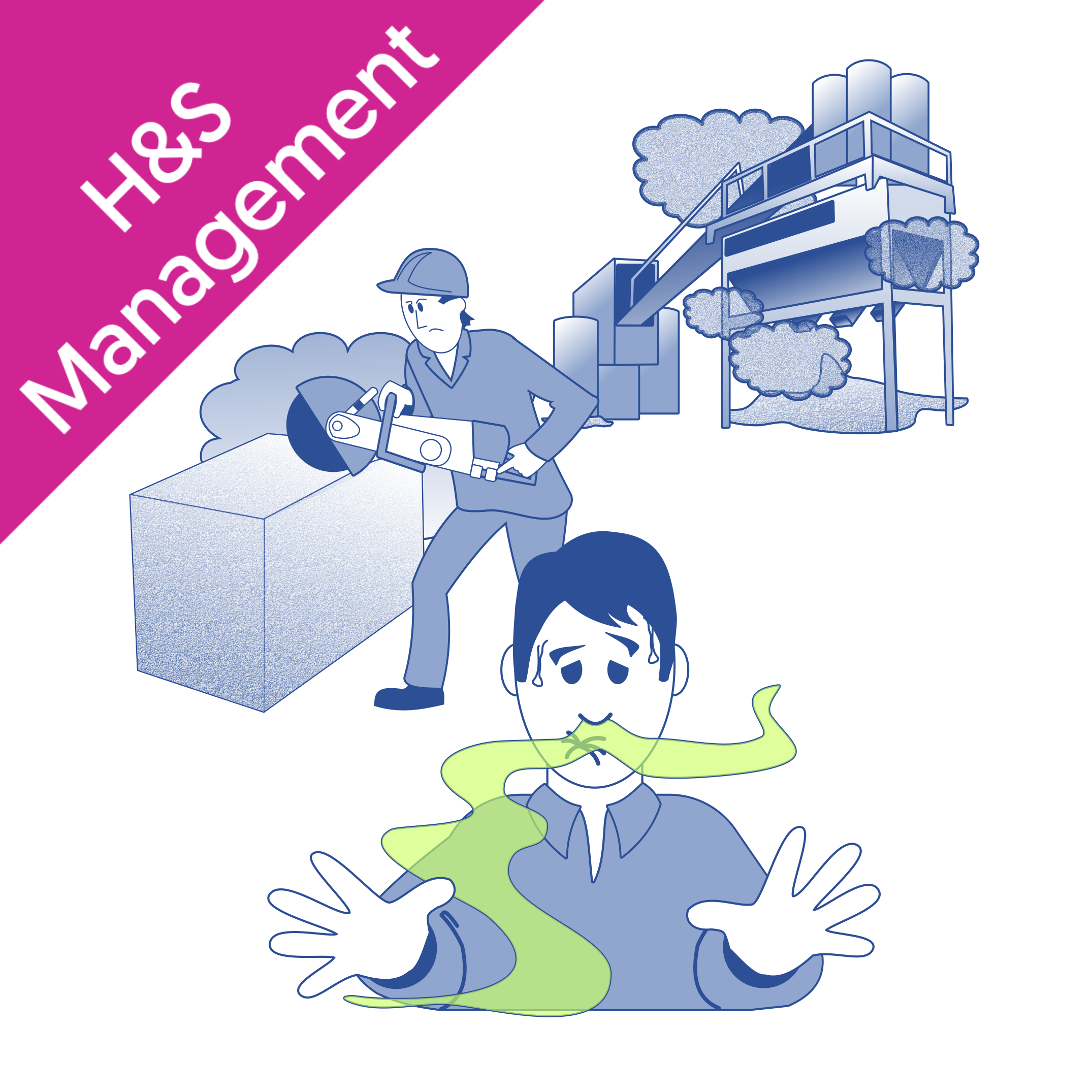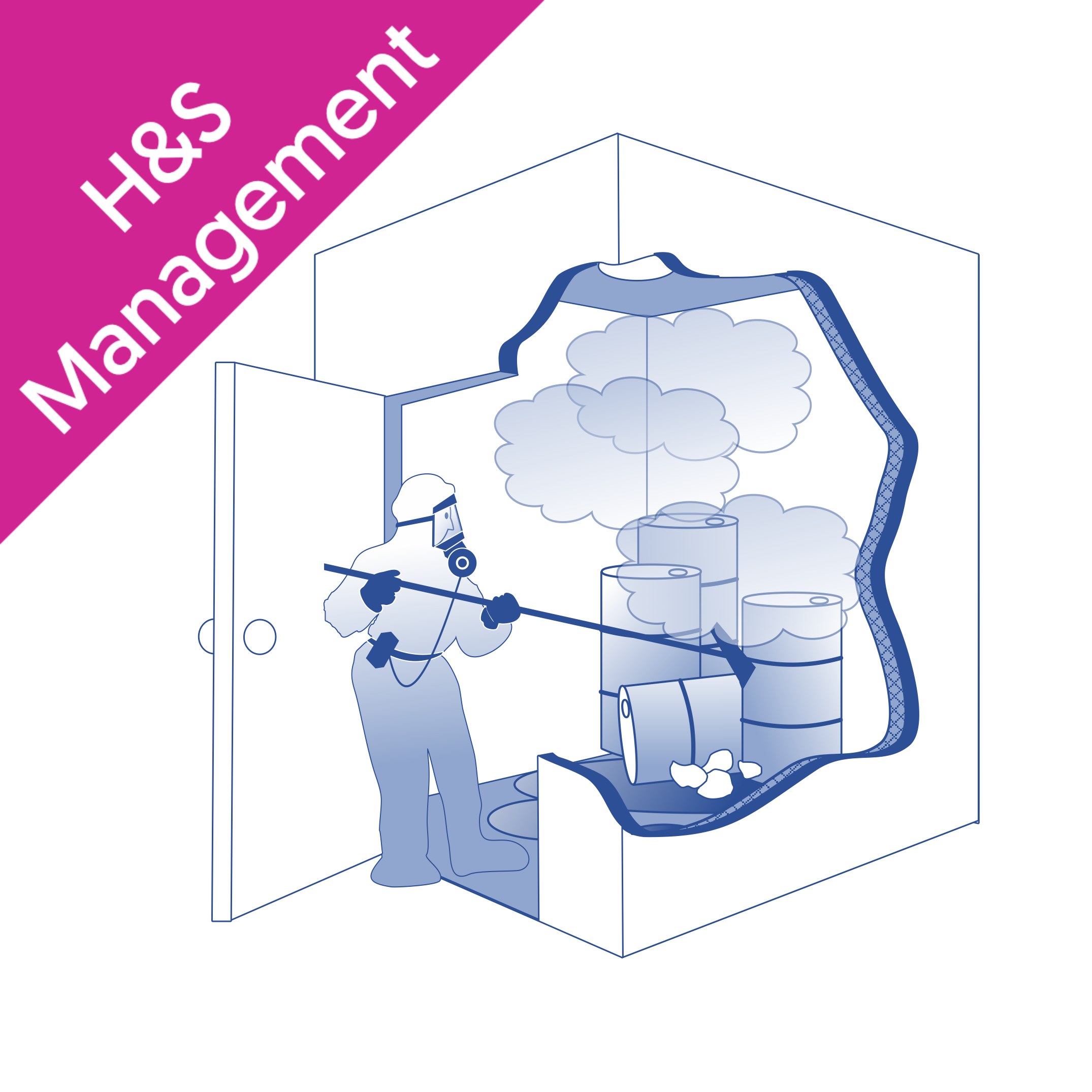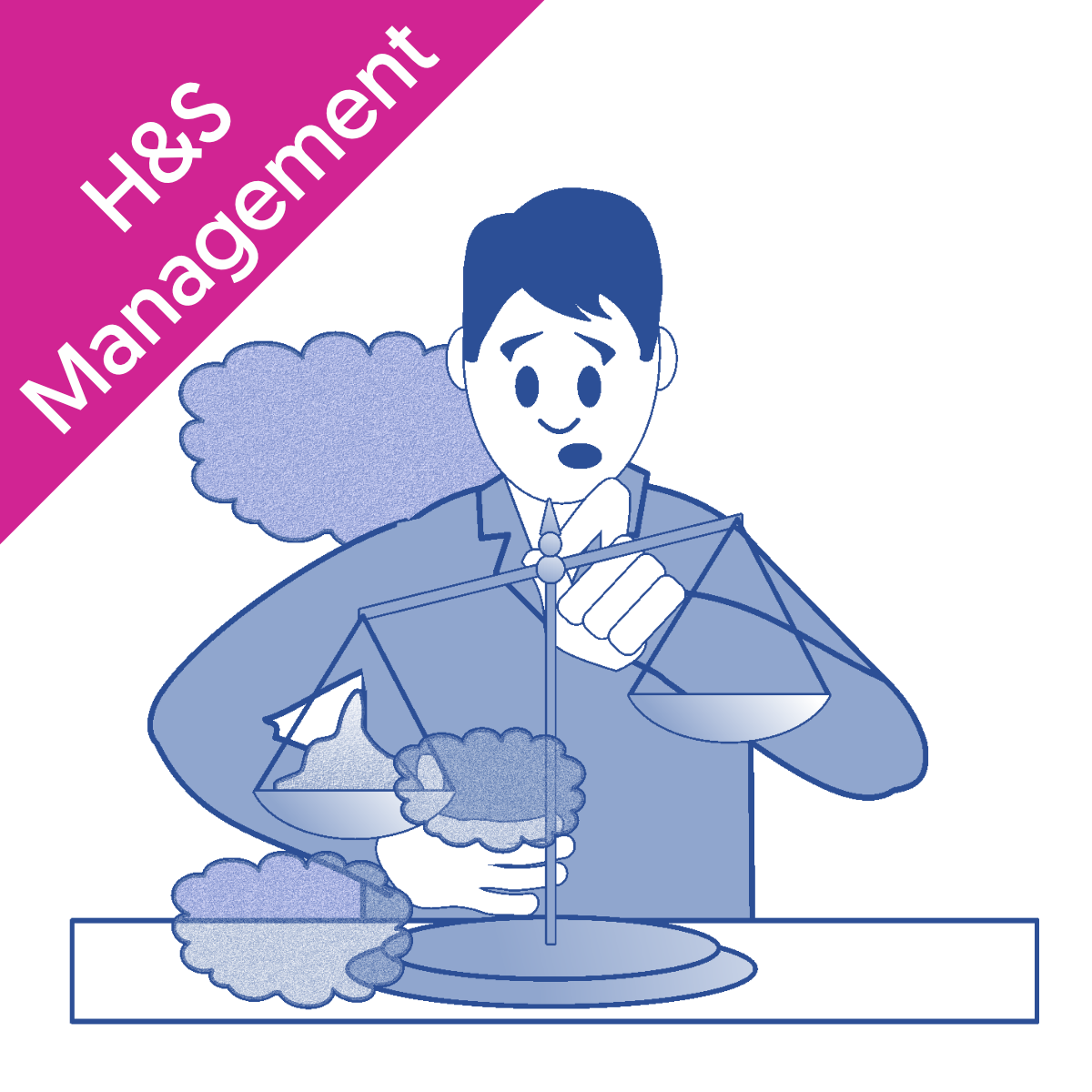COSHH Regulations 8 and 9
Regulations 8 and 9 are similar in function and require employers to ensure that control measures are used correctly, and are maintained, examined and tested as needed.
The steps an employer must take to act in accordance with these regulations will vary significantly. This is because there is a wide range of control measures that can be used to limit exposure to hazardous substances, which will all have different maintenance and testing needs.
Regulation 8 also requires employees to make full use of the control measures and any additional provisions that their employer has provided and report any issues or defects that they identify as soon as possible.
COSHH Regulation 10
Regulation 10 requires that, where necessary, employers provide exposure monitoring to assess the extent of their employees’ exposure to hazardous substances.
Specific information on what exposure monitoring looks like, and who is responsible for carrying it out, can be found in this HSE Guide.
COSHH Regulation 11
This regulation requires employers to provide health surveillance at regular intervals to their employees if necessary. For some organisations, health surveillance is a legal requirement. But, not all employees need to have their health monitored - it is usually reserved for those who use a substance that is likely to cause an identifiable disease or adverse health effect.
Health surveillance is an important process and can provide valuable information. It is used to:
- Detect, as early as possible, illnesses or changes that may be caused by exposure to hazardous substances.
- Collect data that can be used to identify other hazards to health, and determine the actions required to prevent them from causing harm.
- Check that a risk assessment is accurate and that the adequate control measures identified by it are working effectively.
COSHH Regulation 12
Anyone who works with hazardous substances must be provided with 'suitable and sufficient information, instruction and training'. This includes information on:
- The substances they will be using, and the health risks associated with them,
- The main findings of the risk assessment.
- What they must do to protect themselves and those around them from experiencing harm as a result of the substance.
COSHH Regulation 13
Regulation 13 requires employers to have appropriate arrangements in place to deal with any accidents, incidents or emergencies that may occur. The exact arrangements will vary between employers, but should include:
- Appropriate facilities, such as those required to provide first aid.
- Pre-arranged procedures, which are practised using regular safety drills.
- A warning or communication system that can be used in the event of an incident.
Conclusion
In conclusion, the COSHH regulations play a crucial role in ensuring the health and safety of UK employees working with hazardous substances. By adhering to these regulations, employers can create a safe working environment and prevent harm due to exposure to hazardous substances.
At Commodious, we offer a COSHH Awareness course that is designed to provide employees with the information they need to work safely with hazardous substances. To find out more about this course, use the link below:









